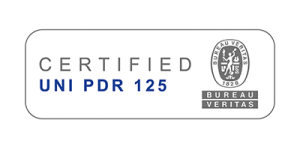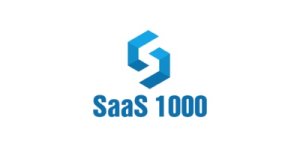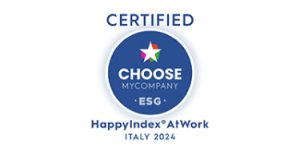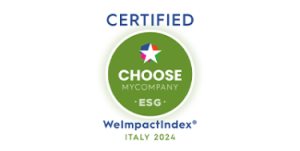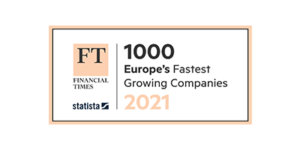
Hybrid people management: intentionality and humanity
Hi there, my name is Chiara Scesa, my pronouns are she, her and I work in Growens Holding department as Senior Group Design Manager, this means I am responsible for the practice of design that includes Research, UX, Product, Communication and Service design.
Even if in Growens we are around 30 designers in a matrix organization, my team of direct reports within the Holding includes 3 people, all UX designers at three different degrees of seniority: Federico, he/him, Senior, Andreea, she/her, Mid, and Marco, they/them, Junior.
Some weeks ago our company’s new Way of Working turned one and my colleagues at People & Culture asked me to share my experience in these 3 years of managing a distributed team. It was a good opportunity for going deeper in what we do and how we get at doing things this way. Here are some glimpses.
We come and work from everywhere
Andreea and Federico are based in Milan, Marco is based in Padua and I am based in Bologna. However, we have worked from a lot of different places: the countryside in Romania, Perugia, the university where we teach, the homes of our parents, Tenerife, Formentera, the beach in Taormina, the Apennines, Livorno, France, a cafè in Berlin…
We have learned to effectively run all our activities remotely and we are as productive as always. It was an iterative and intentional design activity: we observed each try what worked and what didn’t and after two years, we now are more mature and aware of the elements that make our team’s remote way of working.
We have also learned the different styles and habits of our colleagues from different business units and we are able to adapt to their ways of working: some of them are more asynchronous like “write me an email and wait” or some of them are more like “place a meeting whenever you need anything”, or “open me an issue on Jira”.
The only thing we still cannot do without having everyone in the same room is a Lego Serious Play session. This is why we keep this activity for the office days.
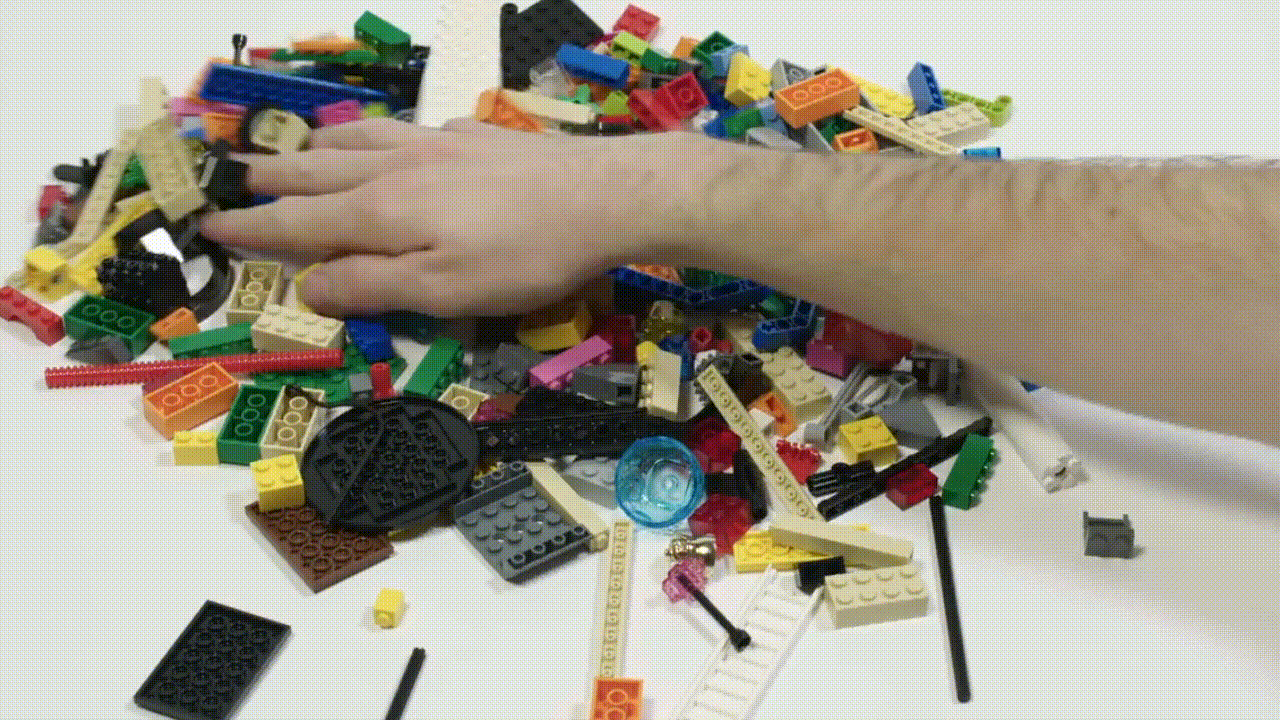
Lego Serious Play interaction
The added value of in-person interaction
There are also other reasons why we occasionally meet in person. We share one day at the office together at least once a month. On such days, we work on our individual or common tasks, and we save some hours to discuss topics that are usually less urgent but still important or for one on one meetings.
We also organize great team-building activities around once a year: of course Lego Serious Play to discuss complex topics or to share opinions otherwise difficult to grasp, but also ceramics workshops to make tangible things far from the digital pixels, and kintsugi experiences to reflect on fragility and imperfection.
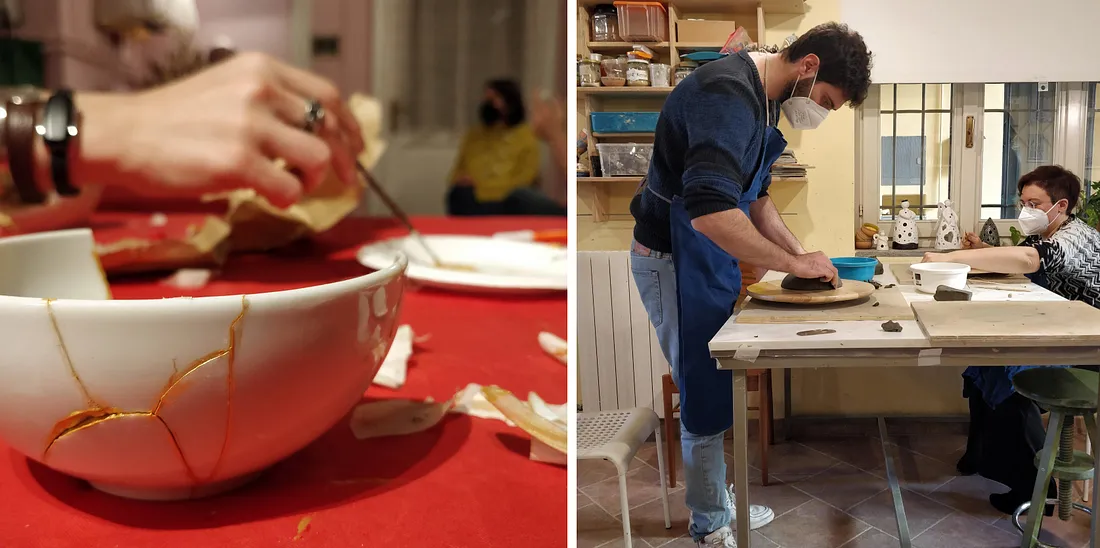
Team Building activities of the UX Team
Managing a distributed team
In my experience, managing a distributed team means learning to communicate verbally and effectively, exploring words and listening carefully, willing to deepen what is said and what is not said. You have to observe people in meetings, their expressions and contexts, considering also the parts of the conversation and the meanings on the table.
Small talk has to happen and you must be interested in your team members’ storytelling of their lives: it is part of their identities and their ways of working. This information is far from unnecessary: it can give you awareness of the wider context of people’s lives and how this can impact their current mental models, attitudes, focus and moods.
This is also the most difficult part: it’s important to never forget that every person we meet in a remote meeting is not just an avatar, but someone living their existence. At that moment, when we are with them, we must be present and ready to give them our undivided attention.
But here also comes the best part: when you are able to switch someone’s attitude, even if you’re not physically together.
I have a story about this. I once had a meeting with a person telling me they were unfocused and lost on a project. It was not an explicit and actual call for help, but I exercised empathy and compassion after we met: I was moved by their situation and felt responsible for doing something about it. I tried to help with my tools: methods. I gathered all the questions they could ask at the starting point of a project and gifted them with this fundamental — albeit uncomplicated — way of working.
It worked. This person transitioned from lost, to sharp and focused, as though a switch was flipped. It was a pleasure to follow their work that day. Even if we were not at the office, I got evidence of their evolution through the emails they sent, their comments to Jira issues and Slack messages.
My two cents on being a People Manager of a hybrid team
I remember a Kurt Vonnegut quote that I can change for the occasion: “What is it People Managers do? They do two things. First, they admit they can’t straighten out the whole universe. And then second, they make at least one little part of it exactly as it should be. A blob of clay, a square of canvas, a piece of paper, or whatever.”
These are my best tools in general but especially when working remotely: listening carefully, exercising compassion, and finding switches.
Read the original article in our Innovation Blog.

